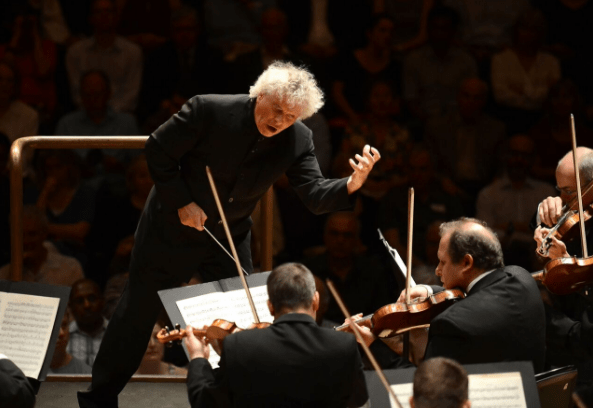
A multi-million pound project to transform the north-east of the City into a cultural hub will place arts and finance on an even keel unlike anywhere else in the world, according to the Corporation’s policy chief.
Speaking exclusively with City Matters, Catherine McGuinness said plans for the Culture Mile, over a decade of development stretching from Farringdon to Moorgate, will bring together commerce, culture, creativity and tech in “a really unusual mix”.
“Culture has been at [the City’s] heart for centuries, alongside commerce, and now more than ever arts and culture are vital to the UK economy and our position in the world,” she said.
“We are redefining the City of London, so that the Square Mile becomes known and admired as much for being a world-class cultural destination as for its position as a leading global financial centre.”
Unveiled last Thursday, the project will unite the City’s world class arts institutions, such as the Barbican and Guildhall School of Music & Drama, through improvements to public spaces like the pollution-choked Beech Street tunnel.
Central to the initiative will be two major building projects; the Museum of London’s move to its new home at West Smithfield; and the Centre for Music, a concert hall for the London Symphony Orchestra proposed for the museum’s current but soon to be vacant London Wall site.

The five institutions joined forces with the Corporation last week for the announcement, when Museum of London director Sharon Ament introduced plans for pop-up installations, outdoor events, and street activities seven days a week to inject life into the area outside the 9-5.
“If you’ve walked through some parts of this area at the weekend, you will realise that it is not throbbing and bustling… we want to change that,” she said.
The timing of the announcement, with negotiations to leave the European Union beginning, suggested Brexit as a key driver, but Ms McGuinness maintained the Culture Mile evolved from the impending completion of Crossrail, combined with a greater push from the City’s cultural institutions to “come out from behind their concrete walls and to engage.”
“[Crossrail] is going to mean that Farringdon becomes one of the best connected interchanges in London and people are going to start navigating the streets in completely different ways,” she said.
“The separate piece of work we would be doing anyway around this streetscape… that should connect with the cultural institutions if they’re saying they want to be more visible on the ground. Brexit is actually a side issue but it’s so important that we have something big, confident and outward looking for the years after.”
She remained tight-lipped, however, when it came to putting an overall price on the project, which will be on top of the £80million the Corporation spends each year as a principal funder of the Barbican, Guildhall School, and various other cultural activities.
It has already committed an additional £110m for the Museum of London’s move to West Smithfield and £2.5m towards building the business case for the Centre for Music.
“It’s the start of a journey but we will be spending significant sums on the streetscape, as we would be anyway given our local authority responsibilities,” she said, adding that they would engage with Islington council to ensure improvements across borough borders.
Top of the to-do list, however, will be the transformation of the much-maligned Beech Street tunnel into a more open route for pedestrians and cyclists with potential for shops and public art spaces.
There have been few concrete details about what this transformation could look like, but a spokesperson for the Corporation’s confirmed architects, Hawkins/ Brown, has already completed a feasibility study for the project, with plans to undertake a public consultation within the next 12 to 18 months.
While the Culture Mile was conceived to attract the 1.5m people that will be within a 45-minute journey of Farringdon when Crossrail becomes fully operational in December 2019, Ms McGuinness is also adamant City residents will have their say on the improvements to their own backyard.
“From my own experience being chair of the Barbican Arts Centre and speaking to people then… the state of Beech Street has been the number one concern,” she said. “I hope [the residents] will be closely involved – with Beech Street, plainly, they have to be.
“We’re very conscious it is right at the heart of a residential area as well as our cultural area, and personally having lived there for a little bit, I think it will be a great improvement.”






